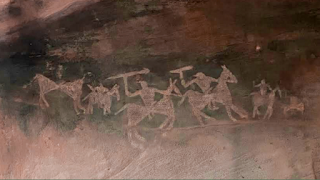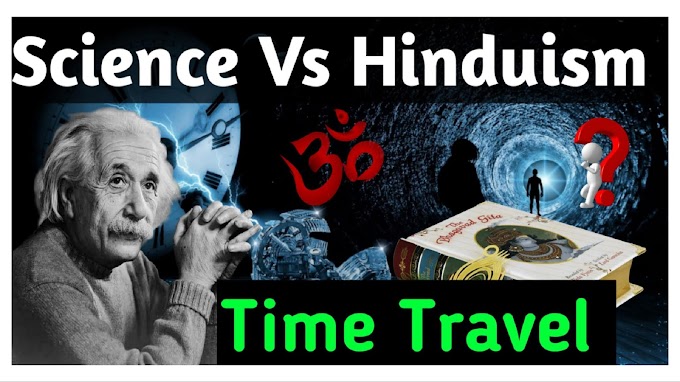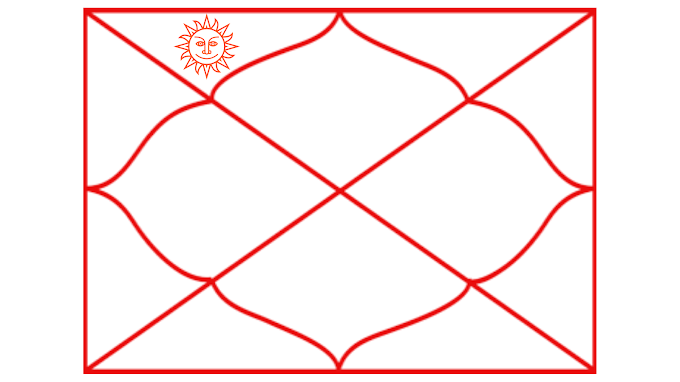A question that frequently excites or even haunts us irrespective of how young or old we are, maybe it is just how we evolved as human beings. How at a time when there were none of today's technological advancements no machines or even basic tools to help in our daily chores, how the early humans still managed to go with their lives.
History books and school teachers in all of our early lives have told us about how man evolved, we have all been taught about the different ages and the theory of evolution, how fire was accidentally invented, Gods and demigods were created in man's image, and totems worshipped, but none of these textbook teachings can perhaps give us as descriptive answers of those times from millennia past as the rock art and paintings that have inexplicably survived.
400 caves in Bhimbetka a UNESCO world heritage site situated an hour's drive away from Bhopal the capital of Madhya Pradesh, driving a little over 40 kilometers on National Highway 69 from Bhopal towards Hoshangabad one reaches a signboard on the busy road that without any prior warning as there are hardly any other signage has for this site, it bifurcates to a single lane rickety road on the right that after a railway level crossing goes onwards India's oldest art gallery Bhimbetka.
Now, of course are somewhat compulsive fondness for finding some link for all pre historic ancient or even medieval era sites with that great epic of Mahabharata or Ramayana is the reason behind these caves being collectively named after Bhim the second of the 5 Pandava Brothers.
The proponents of this nomenclature argue that Bhim along with his brothers had spent some time at these caves during their Exile, funnily enough local guides often point at the huge weathered Boulders that are strewn all around the in Bhimbetka and depending on their individual affiliations with these Boulders tell tourists which one the mighty Bhim used to sit on while keeping a watch in the expansive forests around the site while there is no historical evidence to link Bhimbetka with the Mahabharat. And it's keep archaeological and geological studies have dated various paintings and rock art found in these caves two different time periods. The oldest dating back to over 15,000 years ago while the more recent have been dated back to the eighth century AD about Bhimbetka, these caves that were accidentally discovered in 1957 by archaeologist Dr. Vishnu Shridhar Wakankar who was then associated with Ujjain based Vikram University have preserved paintings, Rock etchings and art made by the early humans in the upper Paleolithic Age and their descendants down till the Medieval Era. The way to most caves has not been cleared of shrubs till date, but the doctor Wakankar's discovery evoked great enthusiasm in the scientific community and among archaeologists and geologists who made a beeline for Bhimbetka for various studies and research. With time as curiosity increased among the common folk about this site and led to windfall gains for Madhya Pradesh tourism sector, the states government commissioned and easily accessible route to the Bhimbetka and now a well-laid-out track to at least 25 of these ancient art galleries gives visitors a chance to have a glimpse of how the cavemen and their early descendants lived.
The Bhimbetka Rock shelters formed undoubtedly by the natural proces of weathering and erosion, it possibly gave the first caveman in central India, and in those days when mobile phones and internet technology and other such addictions of the modern era didn't encroach on personal time, these cave dwellers had enough time to draw out their daily chores, rituals and events with stunning imagination on the walls of their homes.
Were they simply decorating the caves that they lived in, or did we inherit the compulsive obsession for graffiti from them ? or did they paint as a matter of record keeping so that millennia upon millennia after they were long gone we could still marvel over their time and get teleported back to their age.
The Rock paintings largely in white and red are essentially a record of the varied animal life of the surrounding forest and of various facets economic and social of people's lives.
There are images of real and mythical creatures, domesticated animals, carts and chariots, designs and patterns and pictorial depiction of rituals, dances and battle scenes. The overall Ambience of the place makes your imagination run wild taking the mind back to that bygone era on the virtual tour that beats any casual saunter through an art exhibition of today's time, from one cave to the other the footsteps of the prehistoric man can be easily discerned by visitors of all ages children and elderly alike. Executed mainly in red and white with the occasional use of green and yellow with teams taken from the everyday events of eons ago the scenes usually depict hunting, dancing, horse and elephant riders, animal fights, honey collection, decoration of bodies, disguises, ritual celebrations, totems and the early God's. The caves also depict the detail of social life and how it changed from one millennium to the other, with paintings and some caves depicting massive animals for instance a huge wild boar like creature chasing a dwarf sized lanky human, others show men venturing out as a hunting party and yet some others show them riding elephants, holding crude spear-like weapons in their hands, animals such as tiger, rhinoceros, wild boar, elephants, monkeys, antelopes, lizards, peacocks etc have been abundantly depicted in the Rock shelters. Studies over the past few decades have deduced that the colors used by the cave dwellers were prepared by combining manganese hematite (soft red stone) and wooden charcoal, perhaps animal fat and extracts of leaves were also used in the mixture.
The superimposition of paintings shows that the same canvas was used by different people at different times, however, it isn't just the rock art and paintings and Bhimbetka that fascinates numerous other archaeological remains which have been excavated are on exhibit at the site and at the MP state museum in Bhopal, besides the rock art and rock shelters Bhimbetka is home to such remains of yesteryears as walls of a ruined Citadel and even mini Stupas indicating Buddhist influence from Maurya and Sunga periods, besides rock-cut beds attributed to Buddhist monks there are also various inscriptions, which date back to the Sunga, Kushan and Gupta periods.
Shankha script inscriptions, which are undeciphered so far are also commonly seen, perhaps the most significant of all discoveries from this site have been those of a large number of stone tools found during the course of excavations carried out over the years, these tools much like the rock art here also give an insight into the progressive changes that the prehistoric man was undergoing as man began hunting for food his apparatus for the starts changed from crude unworked ones to more technical ones, catering to a variety of his needs which continue to transform from one age to the other into more specific requirements, overall Bhimbetka caves with there art treasure serve as an invaluable chronicle in the history of man.
These caves are best visited in the monsoon then the mixed deciduous forest all around the caves takes a lush green view while the caves wast under the rain gives stunning prominence to the paintings. Bhimbetka India's first art gallery.













0 Comments